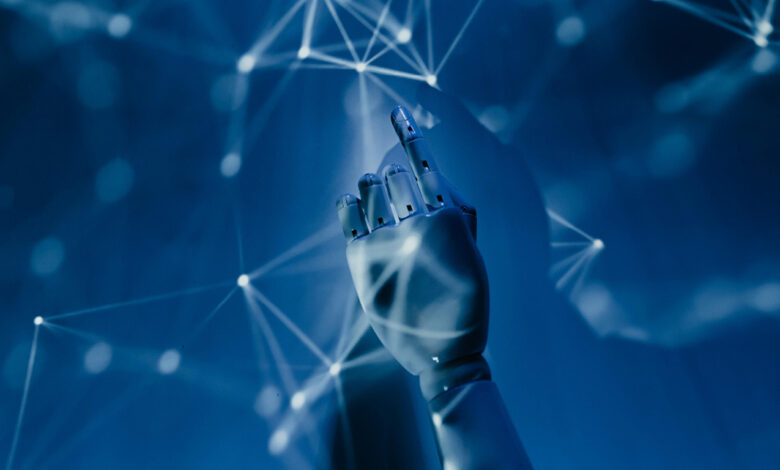
As Steve Jobs famously put it, “Innovation is saying no to 1,000 things”. And honestly? That’s never felt more relevant than right now. As brands face endless possibilities for AI integration, the real challenge isn’t what to say yes to, it’s knowing what’s actually worth doing. Because in the race for speed, scale and seamless processes, we risk forgetting what actually makes for a great customer experience and why it matters.
Too often, brands fall into the trap of creating a problem in order to come up with a clever solution, rather than starting with a genuine consumer need. A new tool or platform emerges and suddenly everyone wants to include it, often without clear human insight or a defined brand challenge to solve, risking creating products or features that no one actually wants or needs.
Take Starbucks, for instance. By making staff cuts in order to prioritise speed and efficiency, the brand unintentionally lost something essential: emotional human connection that made their in-store experience distinctive. Whether it’s the quick chat with a barista or the iconic misspelled name on a cup, these seemingly small interactions build emotional connection and give the brand its personality. These are the moments that customers actually remember and value the most – even if they don’t realise it.
When you remove these moments in favour of speed, the experience becomes purely transactional – something a vending machine could replicate and ultimately, something forgettable. Of course, not every customer interaction needs to be deep and meaningful. In some sectors, a quick and convenient experience is preferred, however, where emotions, connection and loyalty matter, creating for the sake of it can do more harm than good. The most meaningful innovation starts by listening first, not just rushing to be the first.
AI that listens before it acts
AI only really works when it’s grounded in what people actually think, feel, and need. That’s where it comes into its own, but enhancing human insight, not replacing it.
Tools like prediction modelling can turn social signals into meaningful, empathetic insights about what people genuinely want, rather than what brands think they want. This kind of data helps identify patterns early and shape more relevant, human solutions.
Because it’s not just about what the tech can do. It’s about what it’s doing for people.
Personalisation should be intimate, not intrusive
The key to meaningful personalisation is context. It should feel relevant and reflect the brand’s personality instead of coming across as overly familiar or manipulative. We’ve all had those unsettling moments at some point where a brand seems to know a bit too much about us. This can quickly erode the consumer’s trust in the brand. Every personalised interaction needs to feel respectful, natural and rooted in context.
We are seeing huge leaps in the right direction from brands and websites that sense and respond to user moods and actions to clever, useful tools that blend playfulness with purpose. Think virtual kitchen planners or glasses try-ons that remove barriers to purchase and make customers feel more confident in their decision.
These tools aren’t just fun, they’re functional, human and deeply helpful. In essence, when brands use AI to support rather than replace, personalisation becomes something that strengthens relationships rather than undermining them.
The future is powered by tech, led by empathy
The future belongs to brands that build with humanity in mind. As AI becomes more embedded in digital experiences, the differentiator won’t be those who use the flashiest tools, but those who use them meaningfully. The brands that put people first, ground innovation in real human needs and emotions, will be the ones who earn long term trust.
This isn’t about AI for AI’s sake. It’s about being powered by it. That means AI isn’t an end in itself, but an enabler within a wider creative, media and digital experience approach. Because when we use it with intent, purpose and empathy, that’s when it truly adds value. Start with the human, not the hardware, that’s where meaningful innovation begins.





